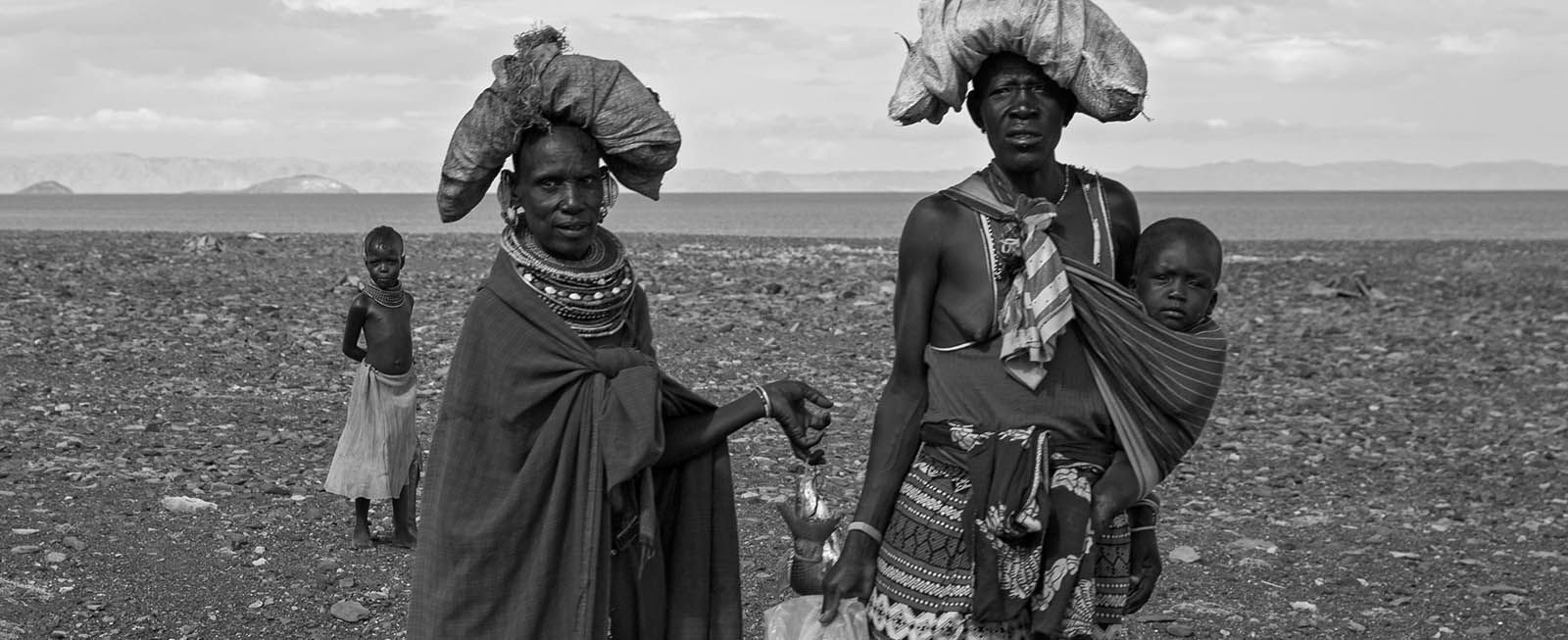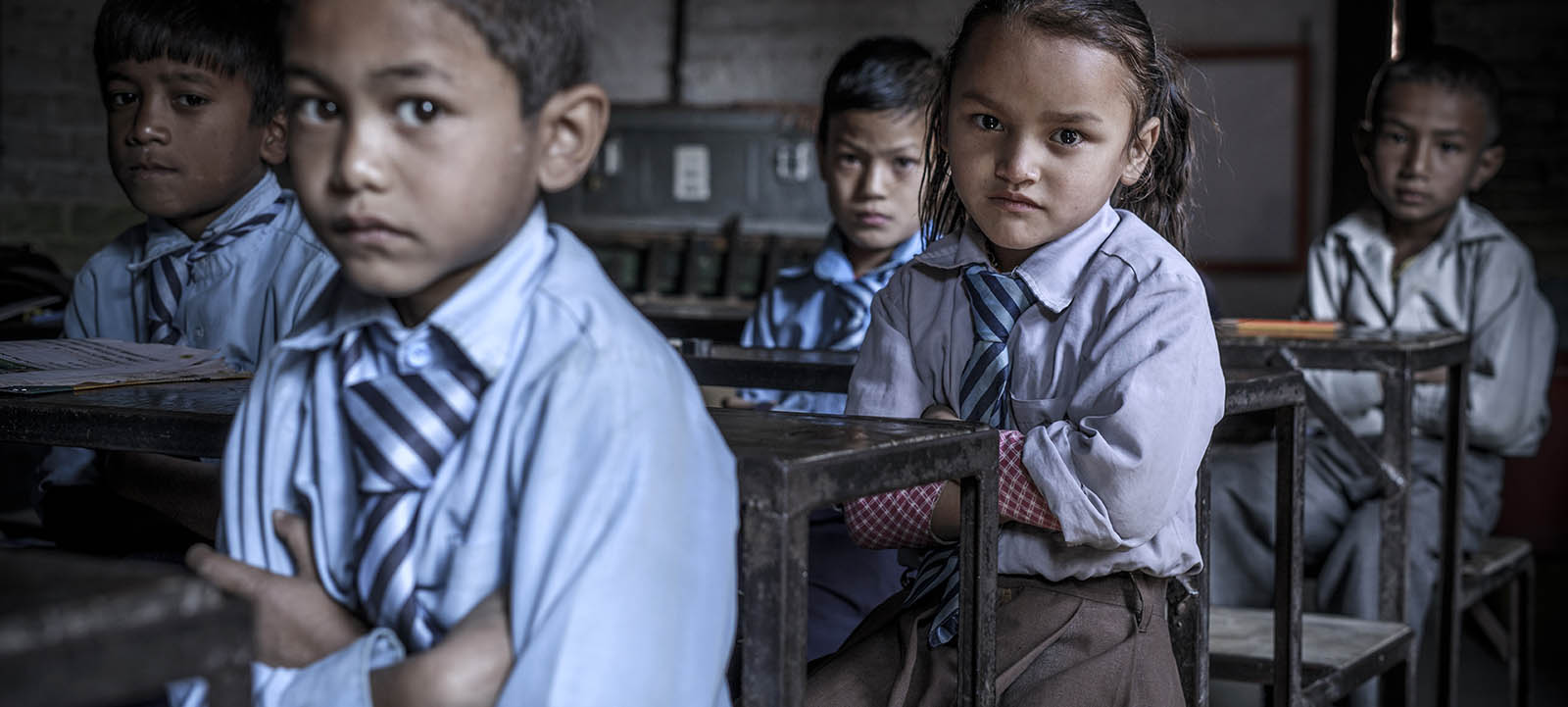In the distant past when different groups of early humans moved away from their origin, the Rift Valley, and set foot on different parts of the world, formed their own unique lifestyle according to the ecosystem of their new homelands. Some of these groups have grown rapidly over time and now live in modern, industrial cities, while others continue to make their living in remote tribes and villages, and many families remain between these two groups and live in small and medium-sized cities.

Each of these peoples has its own culture and traditions, some of which are very ancient and some have emerged in recent centuries. Throughout history with the expansion of different societies, these traditions have changed and mixed with each other, but the depth of these differences is still very obvious. There is no right or wrong, and there is no better or worse, each of these cultures has its own charm. One of the things that makes the subject interesting for us is these differences, exactly what we have either not seen or seen not much.
As technology and industrial life grow, the boundaries of traditional and primitive life and customs are receding; The whole path that people living in cities and towns have taken for centuries, the people of primitive tribes and remote villages, has only been encountered for decades. Signs of urban life, such as mobiles, are now widely used in some tribes who have not even seen the telephone and its evolution. Perhaps at no point in history has there been such a deep gap between modern and traditional life.

The sudden encounter of modern and traditional life is inevitable, but the way in which modern culture and elements enter and influence the lives of traditional, undeveloped and even developing peoples is very important. Because all communities right to have equal access to resources, food, water, health, education and the other thing, every community needs to develop and benefit from the facilities and some elements of urban life, but to enter these communities need to sufficient knowledge of the lives of many of these nations, which in turn requires data, analysis, study, needs assessment, and purposeful action, and this is a debate whose concerns can be seen in guiding sustainable development ideals and many other issues. But along with this growth and development, the preservation of the environment and cultural originality must be of great importance.



